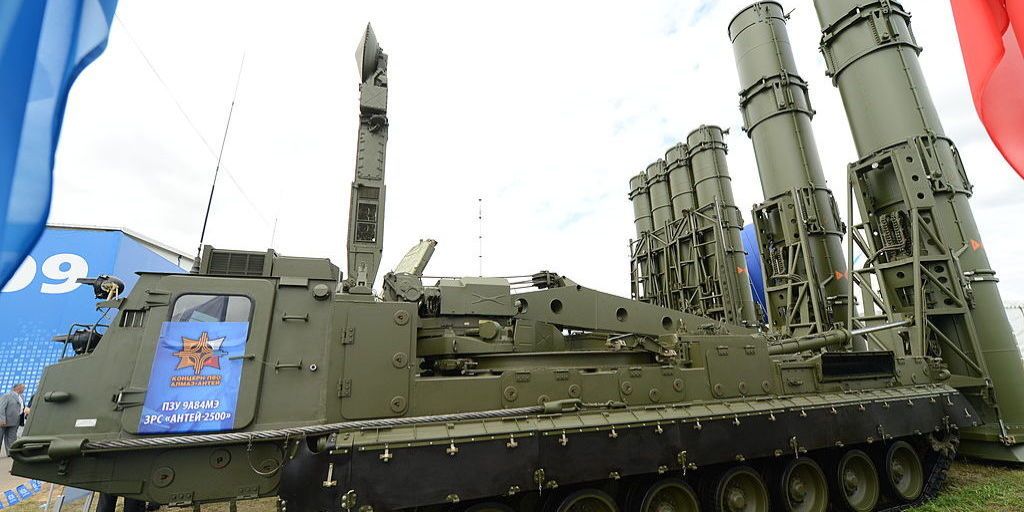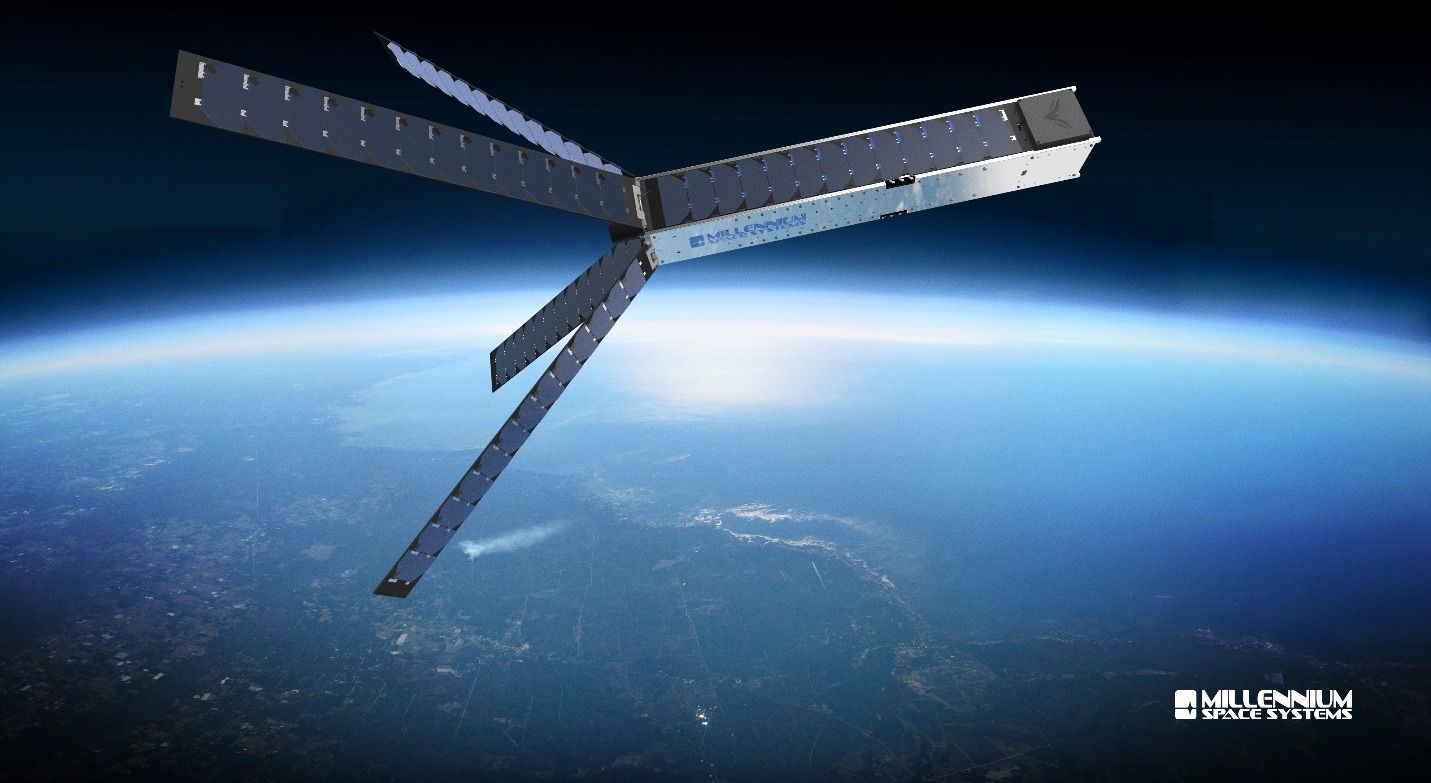QC communications (includes networking) is now available in China.
Nice job China; now if the rest of us can catch up.
China’s quantum communication satellite, launched last August, is officially operational after four months of in-orbit testing, the Chinese Academy of Sciences (CAS) said Wednesday.
Testing of the satellite, payloads and space-ground links have been completed, the CAS said, adding that everything was operating properly.
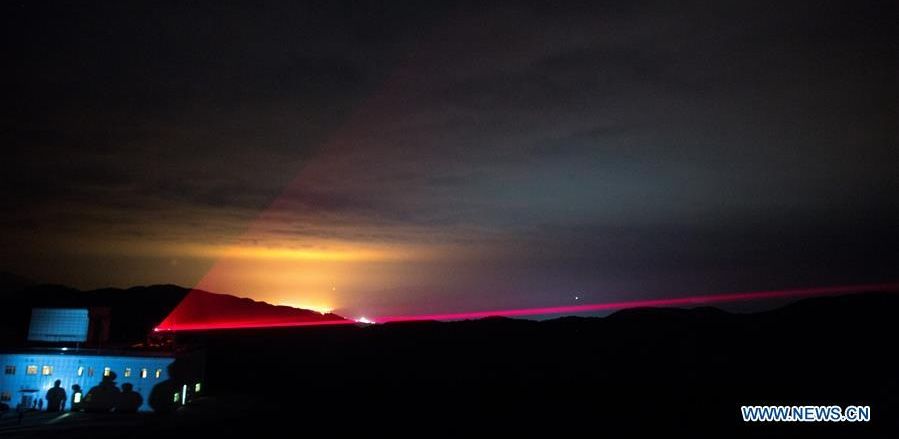
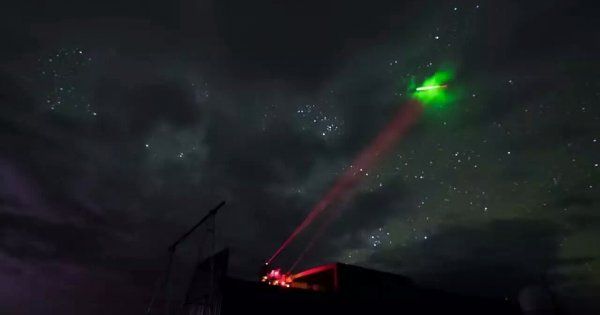
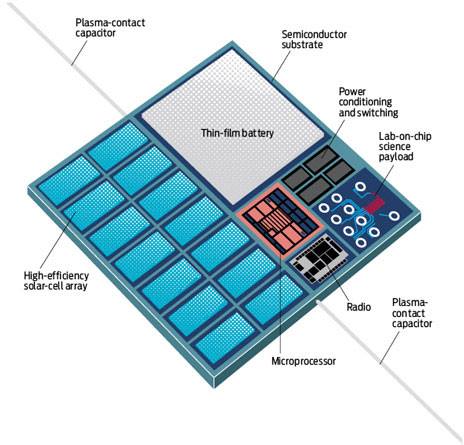
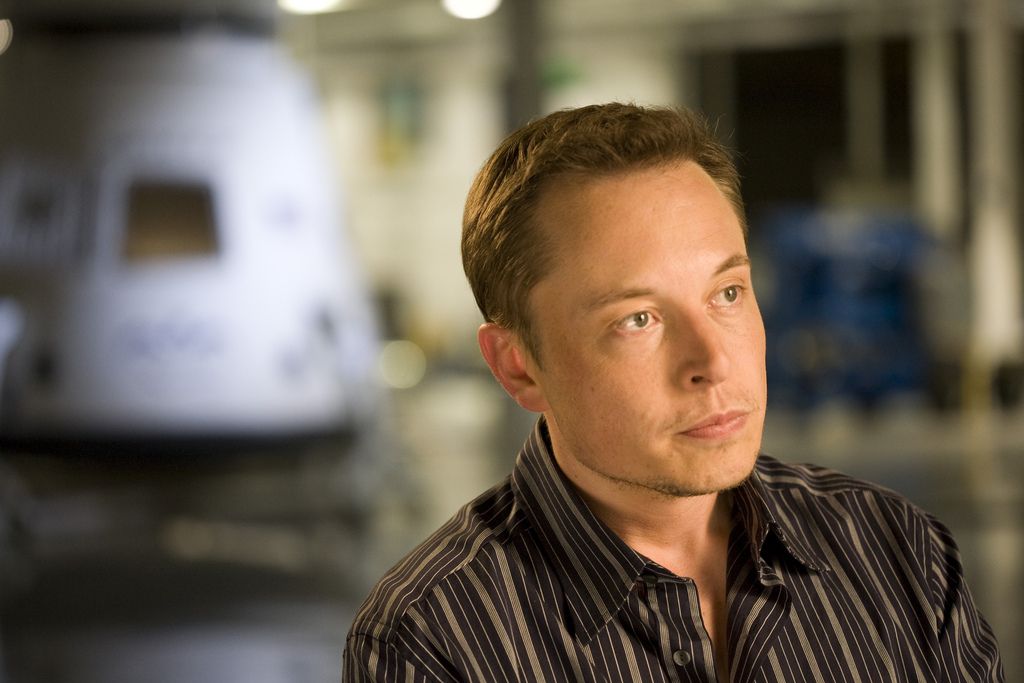

 עברית (Hebrew)
עברית (Hebrew)